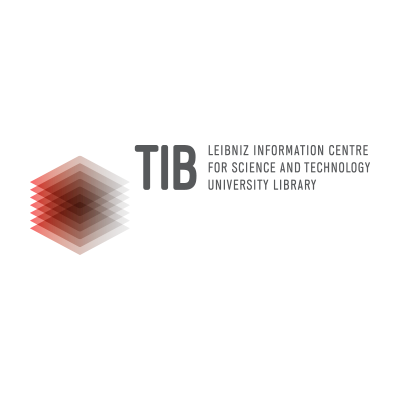Challenges and goals
The project will master existing crisis-related challenges from the perspective of the German economy using networked data technologies and AI. In particular, it should be possible in the future to better,
- Provide decision-makers from business and politics with reliable decision-making aids and options for action in the event of a crisis, as well as inform the population;
- to increase the resilience of value chains and supply chains (e.g., through risk assessments, forecasts, monitoring, early warnings, situation and network analyses) in order to maintain production continuity or restore it as quickly as possible;
- to develop new products, services and business models in order to positively influence the market situation in Germany in the event of a crisis. To this end, the project will address the following general application barriers of AI (especially in German SMEs) as follows:
| PREVIOUS OBSTACLESe | COYPU SOLUTION |
|---|---|
| Quantitatively and qualitatively insufficient, contextually isolated and not up-to-date database, in particular due to the lack of cross-company and cross-market data networking | The integration of diverse relevant and so far largely untapped data sources using semantic technologies ensures the availability of an adequate database as well as interoperability of data and standards |
| Lack of efficient (cloud) platforms to make partnership-based, legally secure and data-sovereign collaboration agile and economical | CoyPu's platform approach enables the economical setup and scalable use of data-driven processes; typical challenges are solved through platform functionalities and use of cloud computing resources |
| Partially highly complex requirements in the application and evaluation of AI methods as well as in the implementation of the necessary frameworks | The cognitive approach of semantic modeling according to relevant domain concepts and intimate individual user interfaces can effectively reduce barriers regarding applicability, interpretability and explainability of AI methods |










